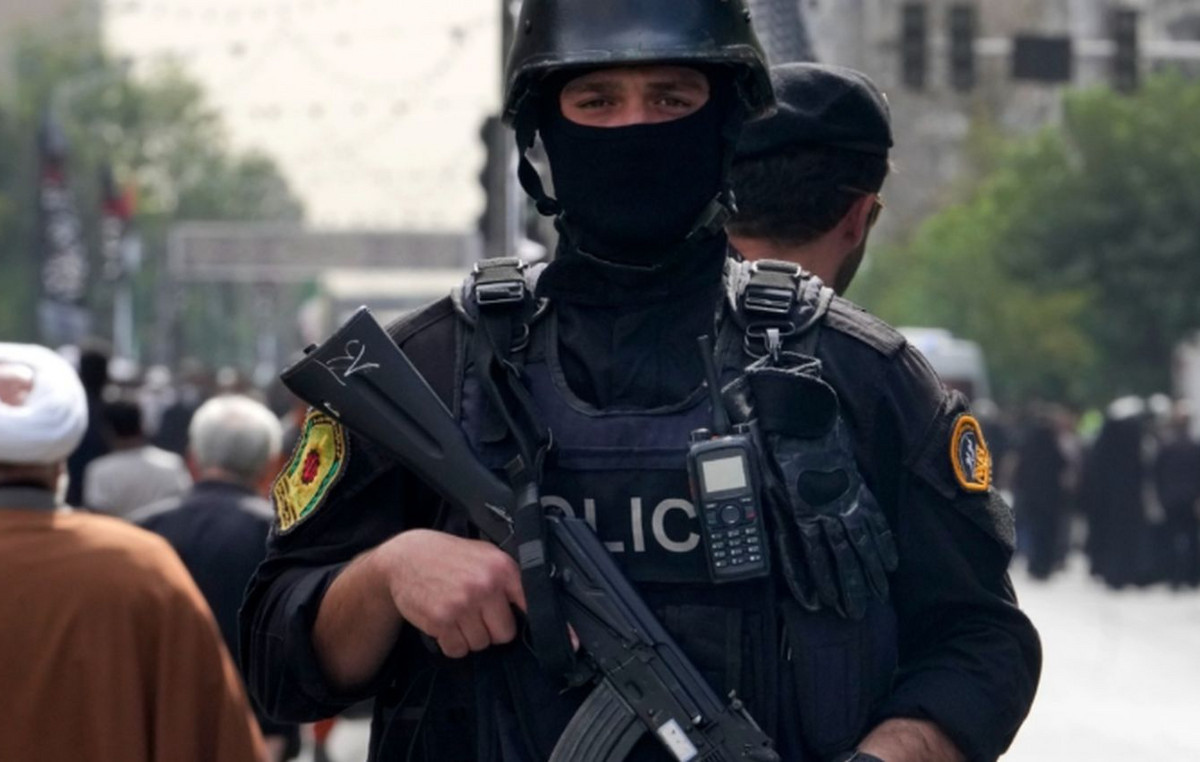The southern Chinese city of Shenzhen on Monday closed the world’s largest electronics market and suspended public transport in the vicinity as authorities imposed blockades across the neighborhood in response to a small number of cases. of Covid.
Huaqiangbei, a busy shopping area that is home to thousands of stalls selling computer components, cell phone parts and microchips, is among three neighborhoods placed under a mandatory four-day lockdown in Futian District, according to the district government.
Residents of these neighborhoods are prohibited from leaving their homes, except for Covid tests, which must be submitted daily until Thursday (1st).
All businesses in the affected areas are closed until Thursday, except supermarkets, pharmacies and hospitals.
Dinner at the restaurant is also suspended, with only takeaways allowed.
China is one of the last places in the world still enforcing strict zero Covid measures, which rely on extensive digital surveillance, mass testing, extensive quarantines and rapid lockdowns.
On Tuesday, Shenzhen, an international technology hub of 18 million people, reported just 35 infections, including 11 asymptomatic cases.
The heavy-handed approach has resulted in dozens of neighborhoods in Shenzhen being identified as “high risk areas” and placed under strict lockdown orders.
Videos shared by residents on social media show metal barriers – some covered with barbed wire – erected outside residential buildings, preventing residents from leaving.
Luohu and Longgang districts also closed all entertainment venues and public parks and banned conference meetings and square dance performances.
Authorities also suspended service at 24 subway stations and hundreds of bus stations in Shenzhen, including around the Huaqiangbei electronics market.
At a news conference on Monday, Shenzhen officials said the outbreak is mainly driven by the new subvariant Omicron BF.15, which they said is more transmissible and harder to detect.
“The next period will be the most stressful, high-risk and dark period for epidemic prevention and control in our city,” a Shenzhen official said at the press conference.
Outbreaks in China
China’s zero Covid strategy has faced increasing challenges from the highly infectious Omicron variant, with large areas of the country subject to ongoing lockdowns and daily testing.
The never-ending restrictions brought down everyday life and dealt a heavy blow to the slowing economy.
In July, youth unemployment in China hit a record high, with one in five young people unemployed.
Earlier this month, outbreaks of Covid in the tourist island of Hainan and the western regions of Xinjiang and Tibet trapped tens of thousands of tourists.
In the southwestern metropolis of Chongqing, authorities ordered mass Covid testing during a record heat wave, leaving millions of residents in the sun for hours as they struggled with extreme temperatures and power outages.
And this week, neighboring Sichuan province reported a resurgence of the virus.
Chengdu, capital of the province of 20 million people, identified 205 infections on Tuesday after authorities carried out mass tests across the city.
The outbreak, first reported last Thursday, was linked to a swimming pool, officials said.
Amid fears of a prolonged city-wide lockdown, residents of Chengdu rushed to buy groceries and daily necessities at supermarkets.
In Shijiazhuang, capital of northern China’s Hebei province, authorities suspended city-wide public transport over the weekend after 30 infections were found during mass testing.
The city is home to 11 million people.
In the northern port city of Tianjin, 20 infections were reported after city-wide testing on Friday.
Source: CNN Brasil
I am Sophia william, author of World Stock Market. I have a degree in journalism from the University of Missouri and I have worked as a reporter for several news websites. I have a passion for writing and informing people about the latest news and events happening in the world. I strive to be accurate and unbiased in my reporting, and I hope to provide readers with valuable information that they can use to make informed decisions.







